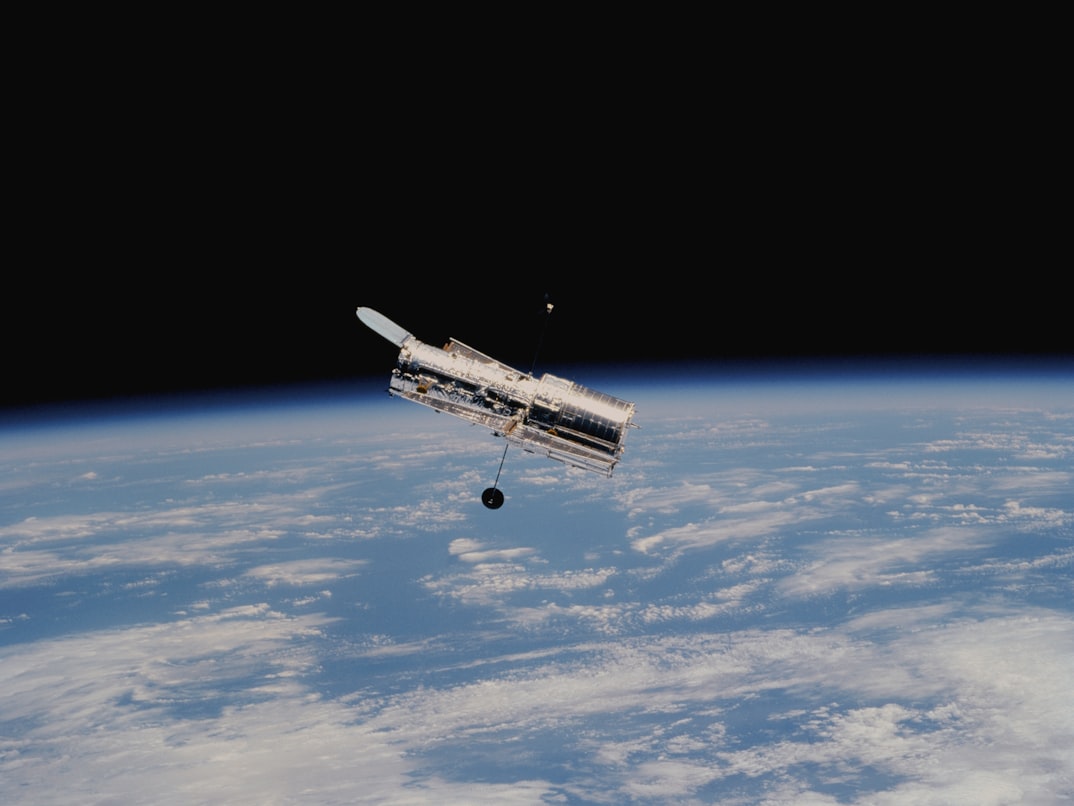Hubble Space Telescope Celebrates 33 Years in Space with Stunning Image of Star-Forming Region
 |
| Image by NASA |
NASA's Hubble Space Telescope celebrated its 33rd anniversary in space with a stunning image of a star-forming region called NGC 1333. The image is a melting pot of glowing gases and dust that is stirred up and blown around by the many newly-forming stars embedded in the dark clouds of dust.
NGC 1333 is a nebula in the Perseus molecular cloud located approximately 960 light-years-away. Interestingly, molecules that are considered the building blocks of life were discovered in the same molecular cloud recently.
Hubble had to peer through a veil of dust at the edge of a giant cloud of cold molecular hydrogen to create this image. The cold molecular hydrogen is the raw material that forms new stars and planets with the persistent pull of gravity. Star formation is a messy process.
The top of the image shows fierce stellar winds blowing through the curtain of dust. This fine dust scatters the starlight at blue wavelengths. Further down the image, another bright, super-hot star shines through filaments of obscuring dust.
At the bottom of the image, a "cosmic keyhole" offers a glimpse into the dark nebula. Several overlapping events create a fireworks-like display in that part of the image, caused by thin jets shooting out from newly-forming stars outside the frame of view.
These stars are surrounded by discs that may eventually produce planets. There are also powerful magnetic fields that direct two parallel beams of hot gas deep into space, sculpting patterns on the hydrogen gas.
Hubble's image showcases the immense beauty and complexity of the universe, and serves as a reminder of the incredible discoveries that can be made through the lens of the telescope.
Hubble Telescope's Remarkable Achievements in Understanding the Universe
Hubble, a joint venture of NASA and the European Space Agency (ESA), was launched on April 24, 1990, and since then it has been orbiting the Earth, capturing breathtaking images of the universe that have helped us understand the cosmos better. The telescope is named after American astronomer Edwin Hubble, who was the first to provide evidence of the expanding universe.
One of Hubble's most significant achievements has been to provide clear evidence for the existence of dark energy, a mysterious force that is accelerating the expansion of the universe. Hubble's observations of distant supernovae revealed that the universe is expanding at an ever-increasing rate, which implies the presence of a repulsive force that is counteracting the gravitational attraction between galaxies.
In addition to dark energy, Hubble has also contributed significantly to our understanding of the structure and evolution of galaxies. By studying the light emitted by galaxies, Hubble has revealed the presence of supermassive black holes at their centers, as well as the intricate patterns of spiral arms and stellar nurseries where new stars are born.
Hubble has also captured stunning images of some of the most distant objects in the universe, such as galaxies that existed shortly after the Big Bang. These images have helped astronomers study the early stages of galaxy formation and evolution and shed light on the conditions that existed in the early universe.
Moreover, Hubble has also been instrumental in discovering new planets beyond our solar system. By observing the slight dimming of a star's light as a planet passes in front of it, Hubble has detected dozens of exoplanets, some of which are similar in size and composition to Earth.
Despite being 33 years old, Hubble continues to operate and produce groundbreaking science. It has undergone several servicing missions to upgrade its instruments and extend its lifespan, and there are plans to launch a successor, the James Webb Space Telescope, in 2021, which will be even more powerful than Hubble and enable us to explore the universe in even greater detail.



